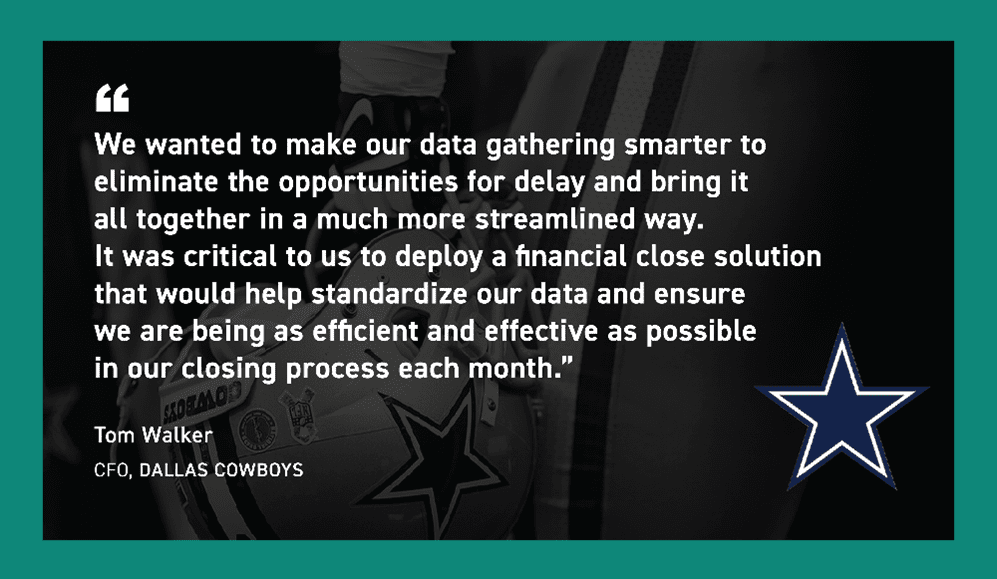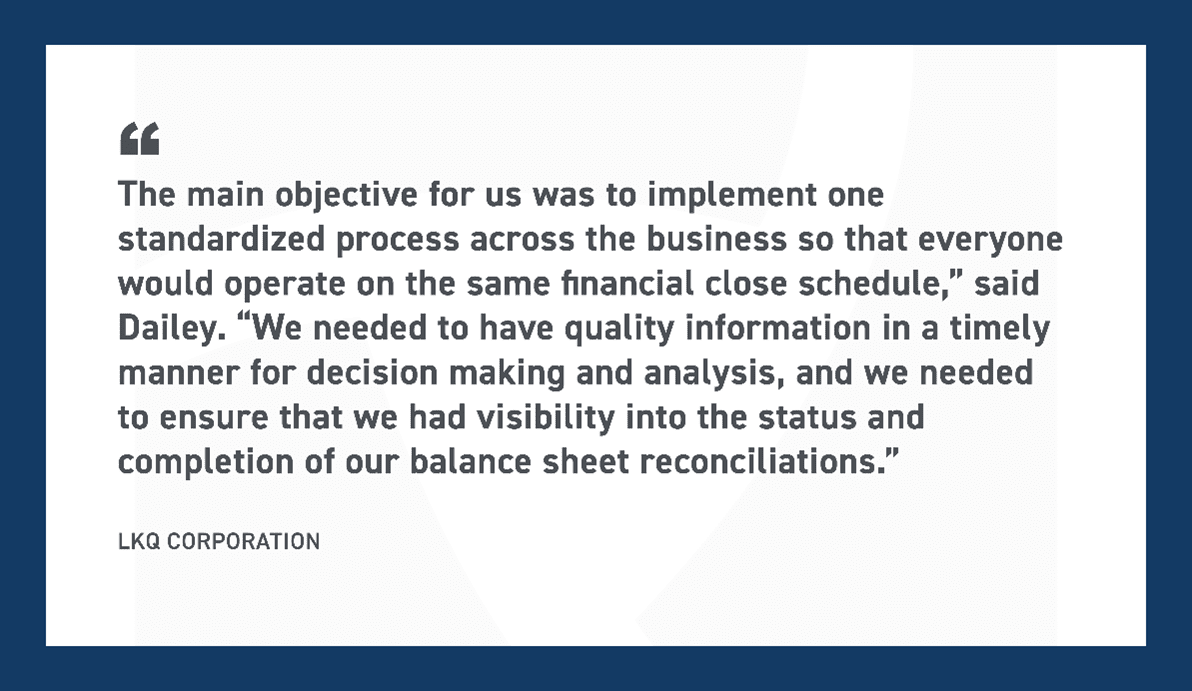Driving Standardization to Reduce Risk and Gain Visibility Across the Month-End Close
Blog post
Share
Modernizing your month-end close will save your F&A team valuable time while reducing risk and improving the overall accuracy and confidence in your reporting. This blog series looks at 5 Best Practices to help you get started on that journey. The first step we covered was the importance of establishing a stable foundation by aligning your people, processes, policy, and technology. The next step was a deep dive into implementing a risk-based approach. Now it’s time to standardize your month-end processes across entities and geographies.
Organizations are looking to transform their finance functions with technology to move away from simply managing data and providing historical reporting to instead proactively analyzing risk, driving quality, and providing business intelligence to help grow the business effectively. F&A teams must standardize processes to ensure procedures have been smoothed out during peak month-end close activity to avoid staff stress and risk.
Understanding Current Month-End Close Processes
Many organizations struggle with a lack of standardization across their month-end close; 55% of respondents in Trintech’s Global Financial Close Benchmark reported “Lack of Standardization” as the biggest risk to their organization over the next 12 months, which leads to a lack of visibility and confidence in their data. This challenge becomes even greater as organizations expand across entities and geographies.
The first step to standardization is understanding the current processes and where they are falling behind. Finance leaders should take the time to document their existing workflows and processes through narratives, flow charts, diagrams, and other necessary means. Outlining existing processes will help expose process gaps, bottlenecks, inter-process dependencies and triggers, the volume of current processes, and where the need for visibility exists.

Identify Dependencies
Some organizations may have a standard set of tasks but cannot determine which are dependent on other activities in the month-end close. Focusing on understanding the different roles and responsibilities throughout the process will help uncover dependencies. By identifying these dependencies, you can streamline and centralize internal processes. Creating ownership and accountability within your team ensures the final step in the workflow is completed with all information or documentation required.

Organizations with aggressive acquisition strategies often struggle the most with a lack of standardization, making it nearly impossible to audit all existing processes. LKQ Corporation is a best-in-class example of how the standardization of their processes led to a reduction in manual work and the days to close while still executing over 100 acquisitions. With an automated financial close solution, LKQ achieved one global standardized month-end close process that provides high-quality and timely information critical to decision-making.
Create a Month-End Close Checklist
Simplify your existing close process by building out a month-end close checklist. In addition to staying organized, a month-end checklist will also help you identify problems and understand where obstacles occur, as well as which tasks impede a speedy and efficient month-end close. By identifying the problems that you want to fix, you can pinpoint business requirements, making it easier to select a technology solution and features that will prove both relevant and helpful in your selection process.
Standardization drives a consistent operating model for a more productive team
By standardizing your processes, you will drive a consistent operating model and shift your company’s financial close data from disparate spreadsheets to a single repository that allows for greater visibility into task assignments and progress, and ongoing process improvements, so that your team members are always working on necessary tasks. Plus having a solution that provides this level of visibility ensures standardized processes and policies are being followed across all entities and geographies, thus validating controls, and reducing risk across the organization.
After standardizing your month-end close process across all entities and geographies, it’s time to move on to best practice 4 and ensure you optimize your processes with advanced automation.
To learn more about how you can modernize your month-end close, download the Best Practice eBook below.
[cta-content-placement]
Blog Series – 5 Best Practices to Modernizing Your Month-End Close
- Best Practice 1: Align Your People, Process, Policy and Technology
- Best Practice 2: Implement a Risk-Based Approach
- Best Practice 4: Optimize with Advanced Automation
- Best Practice 5: Build a Collaborative Ecosystem
Written by: Lauren McCrohan






